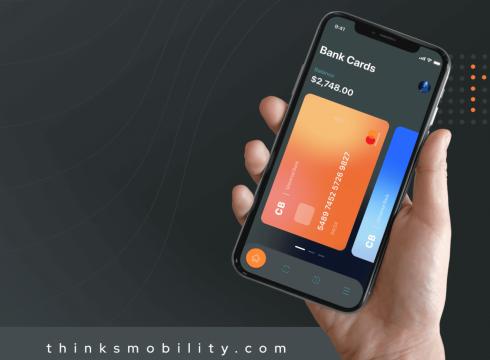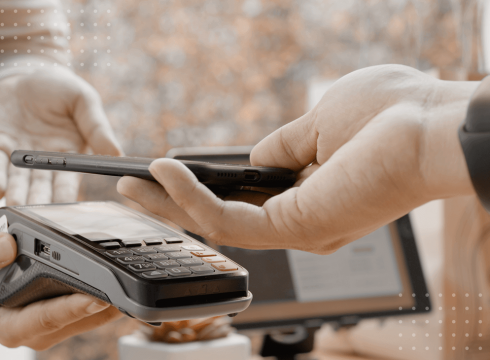The Future of Mobile Payment and Customer-centricity

Day by day, the world goes beyond what we expected. We couldn’t imagine that it would be possible to work from anywhere in the world, shop for groceries online, have personal assistants in our pockets, washing machines, and fridges could be connected to each other through the internet, and more. All these inventions have something in common: the person. On the other hand, payment also has changed. Now money is not a physical thing to save in some secure place, it is digital and it is accessible without your physical wallet. In this article, we are going to discuss increasing pressure on being “customer-centric” and how the mobile payment industry may adapt itself to it.
Why customer-centricity is important?
In the last two decades, we’ve seen companies in rival to deliver more to their customers. It was not just delivering the best products but also, best customer services, too. Especially, in the last 5 years, we’ve experienced personalized ads much more than ever before. Moreover, some products, mostly in digital format, have been specialized just for us, for a single person. But why? How this change has happened? And why it is so important?
Let’s start with Amazon. As you know it’s one of the most valuable companies in the world and the CEO is one of the richest people. It just started selling books at the beginning. But, the company puts its customers at the center of the business. Personalized discounts for specific products we are going to like for sure, easy return policy, very very fast shopping experience… The company then become a trendsetter in e-shopping like what Apple did with personnel computers many years ago.
Even though companies’ first priority is being profitable in the last decade, now companies are looking for creating value in the customers’ minds. This is how Amazon and Spotify did.
How do mobile payments improve customer experience?
Cash, card, chip & pin, contactless, mobile…If you are one of those who have used these payment methods, yes, you are in the highly targeted persona group for most of the companies. Above section, we’ve discussed customer-centricity and this is where payment and customer-centricity meet in the very very first place.
If we make our focus sharpen on mobile payment, we’ll see that it is a great game-changer. These days, while the world is suffering from the pandemic and people are afraid of touching the cash, mobile payment started its rise. Also, some countries like Bangladesh enforce citizens to use mobile financial services.
On the other hand, digital subscriptions are the new economy. Think about your Apple, Google play store bills monthly you are paying. Netflix or any other Video On Demand platform you have used. It is not possible to pay with cash for sure, but what if you don’t want to share your credit card details with any 3rd parties? Then mobile financial services is the answer. You can pay it with your phone bill. This is safe and very very customer-centric, right? Apparently, once the customer needs are changed, mobile payment or maybe a new standard always be welcomed.
Mobile payment statistics
Mobile payments refer to any payment made using a mobile device. It could be via
- Near Field Communication,
- Sound-wave,
- Magnetic secure transmission (MST) payments,
- Mobile Wallets,
- Quick response (QR) code payments,
- Internet payments,
- Payment links,
- SMS payments,
- Direct carrier billing and
- Mobile banking
According to research done by Stanford Graduate School of Business, it is forecast that by 2023 this will grow to 1.31 billion people worldwide using mobile payments apps over a 6 month period. The current numbers are around 1 billion.
The current market situation as below,
| Company | Active users | Latest figures from |
Alipay | 1.2 billion+ | Alipay (Q3 2019) |
| 1.151 billion | Tencent (Q3 2019) | |
| Apple Pay | 441 million | Loup Ventures (Q3 2019) |
| PayPal | 305 million | PayPal (Q4 2019) |
| Samsung Pay | 51 million | Juniper (2018) |
| Amazon Pay | 50 million | Evercore ISI, Investopedia (May 2018) |
| Google Pay | 39 million | Juniper (2018) |
(source:https://www.merchantsavvy.co.uk/mobile-payment-stats-trends/)
According to the 2019 Mobile Payments Market – Growth, Trends, and Forecast (2020-2025) report by Mordor Intelligence, the use of mobile payments is set to continue its inexorable rise with a compound annual growth rate of 26.93% between 2020 – 2025 as mobile payment applications like PayPal, Samsung Pay, Apple Pay, AliPay, WeChat Pay are used to accept payments.
Future Predictions
To see the future, we should analyze back. Above we wanted to summarize and highlight the link between customer-centricity and mobile payment. As you kindly review, there is a direct correlation between customer demand and payment methods. Therefore, payment reinvented itself in accordance with the popular term “customer-centric” approach.
As futurists are mostly talking about 5G, AI, Blockchain, VR, and AR, we are expecting payment methods will take their position in these platforms and technologies as well. We’ll see how payment will be defined in the near future.




